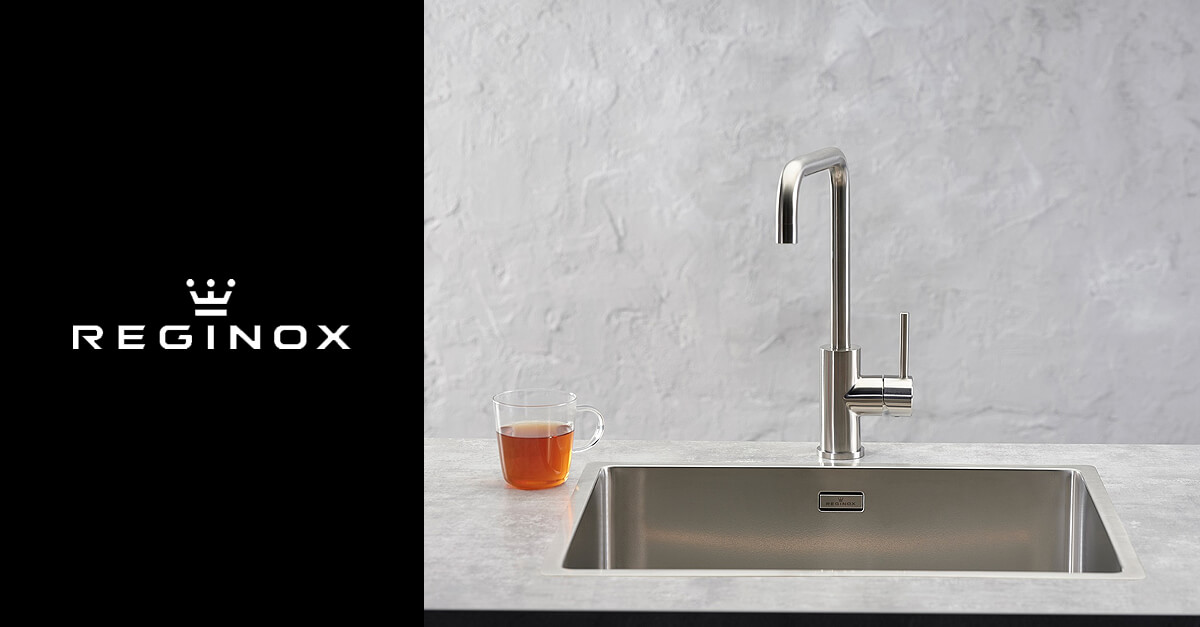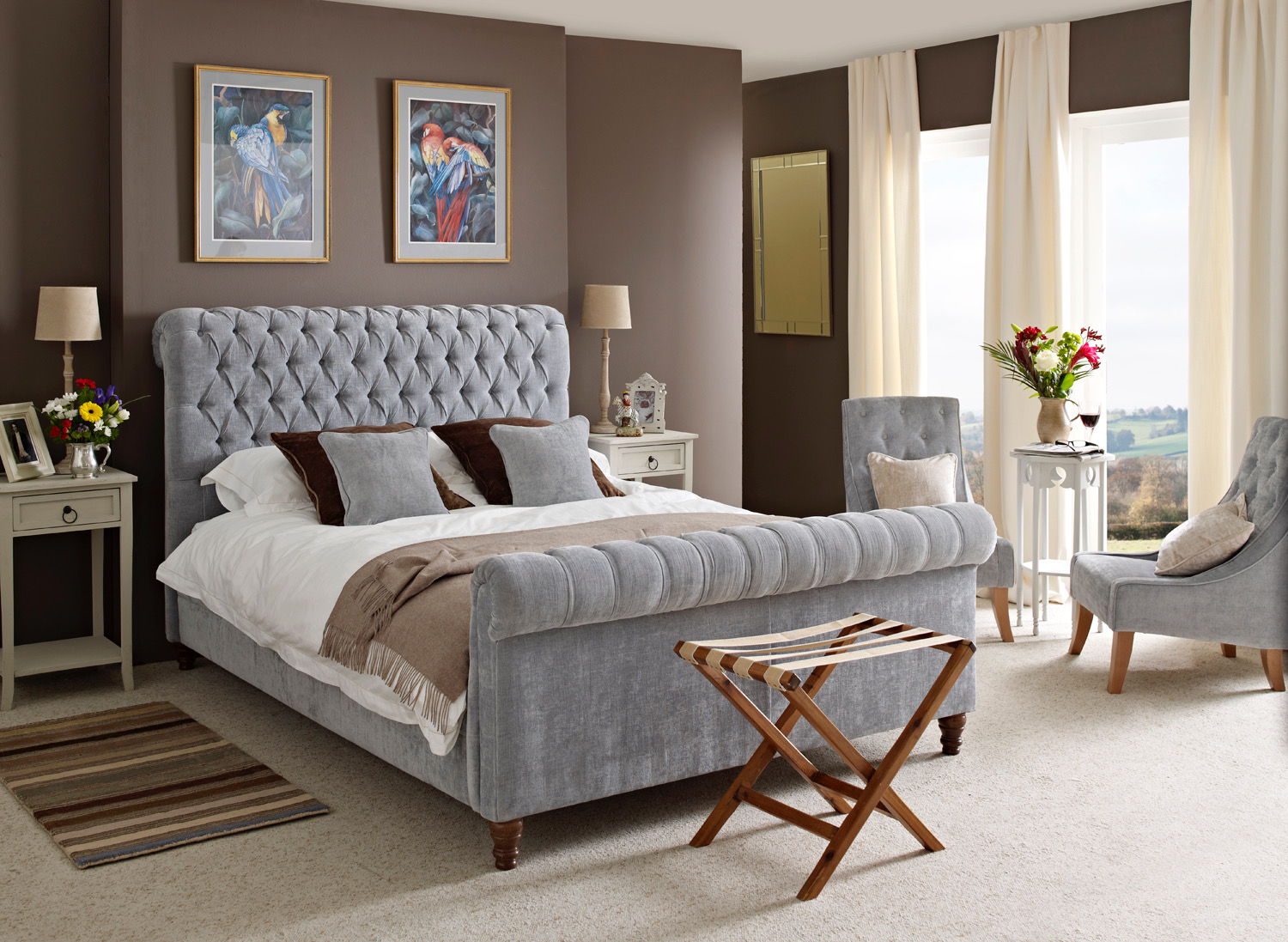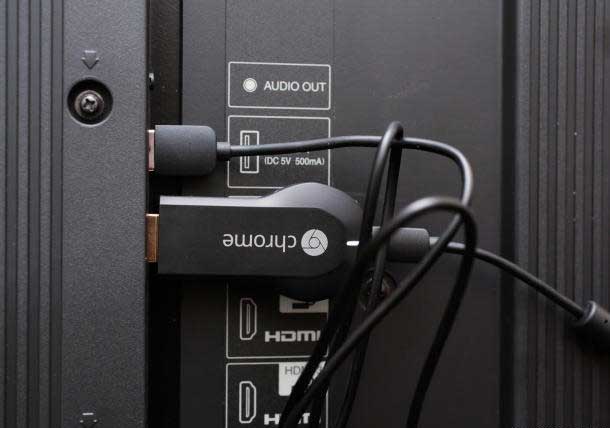Are you considering adding a sunken living room to your home? This unique type of living space has been gaining popularity in recent years, but it's important to weigh the pros and cons before making a decision. In this article, we'll explore the benefits and drawbacks of a sunken living room and help you determine if it's the right choice for your home. Pros and Cons of a Sunken Living Room
Advantages: 1. Creates a visual separation: By lowering the floor of the living room, a sunken living room creates a sense of division between the different areas of your home. This can be especially useful in open floor plans where you want to create a distinct living space. 2. Adds depth and dimension: A sunken living room can add an interesting architectural element to your home, making it feel more spacious and dynamic. It also allows for more creative furniture placement, adding to the overall design of the room. 3. Provides a cozy and intimate atmosphere: With the lower floor level, a sunken living room can feel more secluded and cozy, making it the perfect space for relaxation and entertaining. 4. Can increase home value: A well-designed sunken living room can be a selling point for potential buyers, adding value to your home. Disadvantages: 1. Potential safety hazards: The main concern with a sunken living room is the risk of tripping or falling down the stairs. This is especially important to consider if you have young children or elderly individuals living in the home. 2. Limited flexibility with layout: Once a sunken living room is installed, it's not easy to change the layout or repurpose the space. This can be a disadvantage if your needs or design preferences change in the future. 3. Requires additional maintenance: Cleaning and maintaining a sunken living room can be more challenging due to the uneven floor levels and potential for dust and debris to collect in the lower area. Advantages and Disadvantages of a Sunken Living Room
The decision to install a sunken living room ultimately depends on your personal preferences and the layout of your home. It's important to carefully consider the pros and cons before making a final decision. Here are some factors to keep in mind: Space: Sunken living rooms work best in larger homes with open floor plans. If your home is on the smaller side, a sunken living room may make the space feel cramped and crowded. Functionality: Think about how you plan to use the space. If you're someone who loves to entertain and have guests over, a sunken living room can be a great conversation area. However, if you prefer a more practical and versatile living space, a traditional living room may be a better option. Budget: Sunken living rooms can be more expensive to install compared to traditional living rooms due to the additional construction and materials needed. Make sure to factor this into your budget before making a decision. Is a Sunken Living Room Right for Your Home?
If you've decided that a sunken living room is the right choice for your home, here are some important considerations to keep in mind: Location: The location of your sunken living room is crucial. It should be easily accessible from other areas of the house and should not disrupt the flow of foot traffic. Support and drainage: It's important to ensure that the area where the living room will be sunken is properly supported and has proper drainage to prevent any potential issues in the future. Permits: Depending on where you live, you may need to obtain permits before installing a sunken living room. Make sure to check with your local building codes and regulations to avoid any complications. Things to Consider Before Installing a Sunken Living Room
There are endless possibilities when it comes to designing a sunken living room. Here are some ideas to get you started: Mix of materials: Consider incorporating different materials such as wood, tiles, or carpet to add texture and dimension to your sunken living room. Statement staircase: The staircase leading to your sunken living room can be a beautiful focal point. Consider incorporating unique materials or designs to make a statement. Seating options: From built-in benches to plush sofas, there are many seating options to choose from for your sunken living room. Think about what will work best for your lifestyle and space. Sunken Living Room Design Ideas
Ready to take the plunge and add a sunken living room to your home? Here are some tips to help you successfully incorporate it into your existing space: Lighting: With the lower floor level, lighting is crucial in a sunken living room. Consider installing recessed lighting or adding floor lamps to ensure the space is well-lit and inviting. Color scheme: Choose a color scheme that complements the rest of your home to create a cohesive and unified look. Accessories: Add some personal touches with decorative accessories such as throw pillows, rugs, and artwork to make the space feel warm and inviting. How to Incorporate a Sunken Living Room into Your Home
While sunken living rooms can add style and functionality to your home, it's important to prioritize safety. Here are some tips to keep in mind: Install handrails: Make sure to install handrails on both sides of the stairs to prevent any accidents. Use non-slip flooring: Choose flooring materials that are non-slip to reduce the risk of falls. Keep the area well-lit: As mentioned before, proper lighting is crucial in a sunken living room to prevent any accidents. Make sure to keep the area well-lit at all times. Sunken Living Room Safety Tips
To keep your sunken living room looking its best, here are some maintenance and upkeep tips: Clean regularly: Regularly vacuum and sweep the area to prevent dust and debris from collecting in the lower level. Check for moisture and leaks: Make sure to regularly check for any signs of moisture or leaks in the sunken area to prevent any potential issues. Address any cracks or damage: If you notice any cracks or damage to the flooring or walls, make sure to address them immediately to prevent them from worsening. Maintenance and Upkeep for a Sunken Living Room
As mentioned before, sunken living rooms can be more expensive to install compared to traditional living rooms. Here's a cost breakdown to give you an idea: Sunken living room: - Construction and materials: $5,000-$20,000+ - Permits: Varies depending on location - Maintenance and upkeep: $500-$1,000 per year Traditional living room: - Construction and materials: $2,000-$10,000+ - Permits: Varies depending on location - Maintenance and upkeep: $300-$500 per year In conclusion, a sunken living room can be a unique and stylish addition to your home, but it's important to carefully consider all factors before making a decision. With proper planning and maintenance, a sunken living room can be a beautiful and functional space for years to come. Cost Comparison: Sunken Living Room vs Traditional Living Room
The Pros and Cons of Having a Sunken Living Room
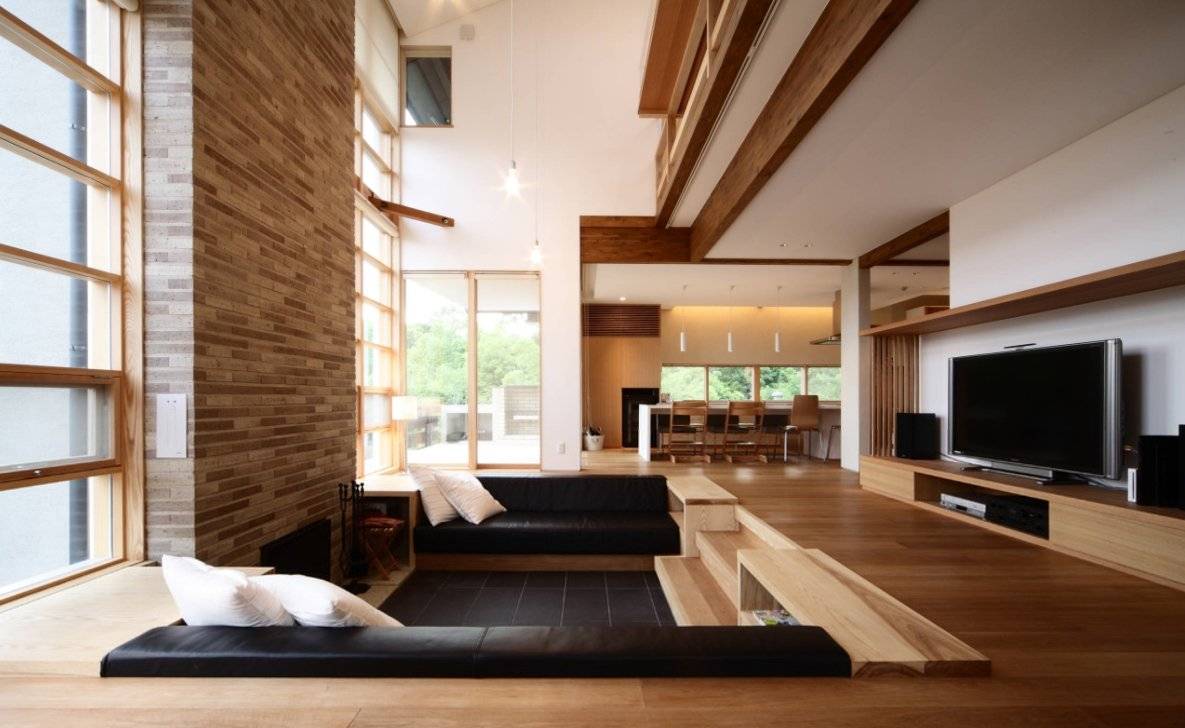
Pros:
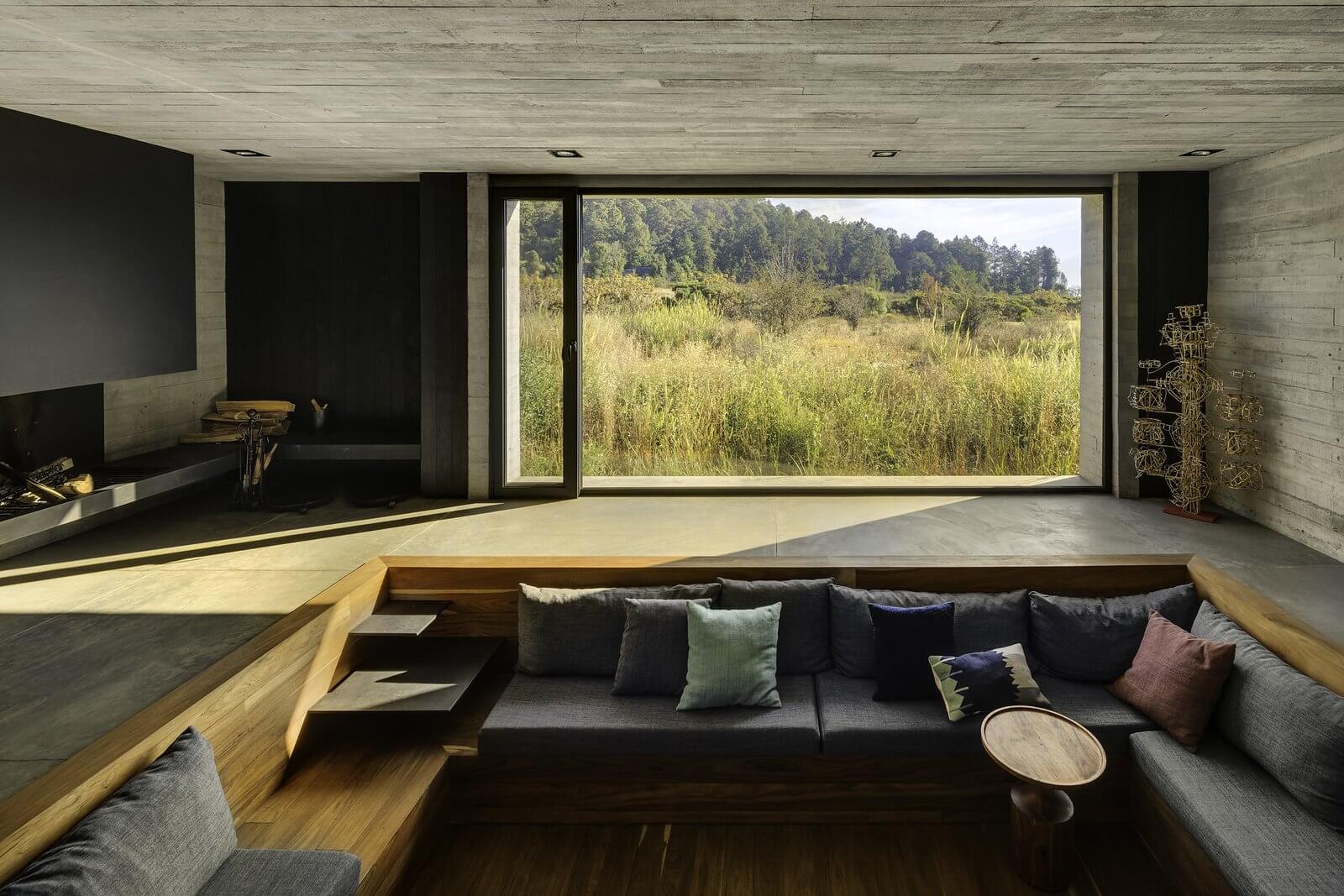
Having a sunken living room can add a unique and stylish element to your home design. It creates a sense of depth and separation from the rest of the house, making it a great option for open floor plans. Additionally, it can provide a cozy and intimate atmosphere, perfect for entertaining guests or spending quality time with family.
Space-saving: One of the biggest advantages of a sunken living room is that it can save space. By lowering the floor, you are essentially creating a separate area without adding any additional square footage. This can be especially beneficial for smaller homes or apartments where every inch counts.
Visual appeal: The sunken design can add visual interest to your home, making it stand out from other traditional layouts. It can also create a natural flow between different living spaces, making your home feel more open and spacious.
Privacy: If your sunken living room is located in a lower level of the house, it can provide a sense of privacy and seclusion from the rest of the household. This can be a great feature for families with teenagers or for those who work from home and need a quiet space to focus.
Cons:

While a sunken living room can have many benefits, there are also some potential drawbacks to consider before incorporating this design into your home.
Safety hazards: The biggest concern with a sunken living room is the risk of tripping or falling. This is especially important to consider if you have young children or elderly individuals living in the home. Proper lighting and safety measures should be taken to prevent accidents.
Difficult to rearrange furniture: Due to the lowered floor, rearranging furniture in a sunken living room can be a bit more challenging. You may need to consider the placement of stairs and other structural elements when deciding on furniture arrangements.
Expensive to construct: Building a sunken living room can be a costly endeavor, as it involves excavation and additional structural support. This may not be a feasible option for those on a tight budget.
Less natural light: If your sunken living room is located in a lower level, it may receive less natural light compared to other areas of the house. This can make the space feel darker and less inviting, so proper lighting is essential.
Overall, a sunken living room can add a unique and appealing element to your home design, but it's important to weigh the pros and cons before deciding if it's the right choice for you. Consider your lifestyle, budget, and safety concerns to determine if a sunken living room is a good fit for your home.

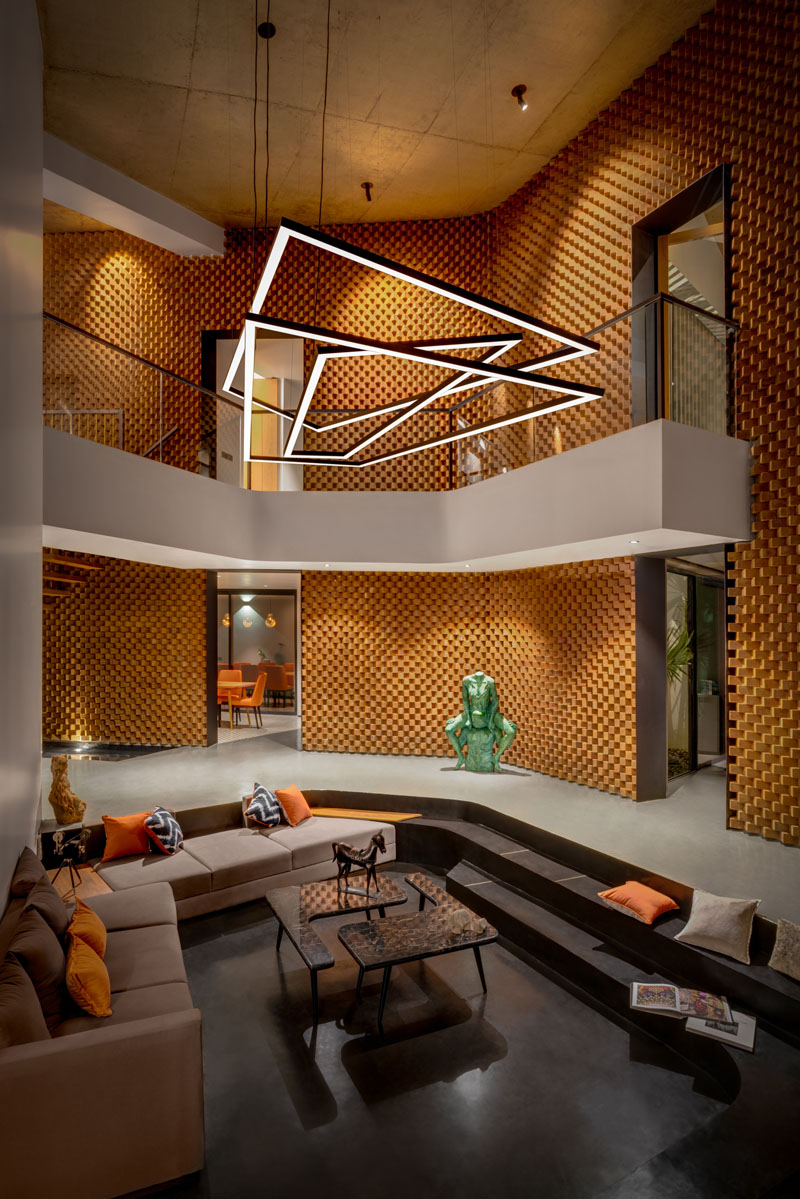



















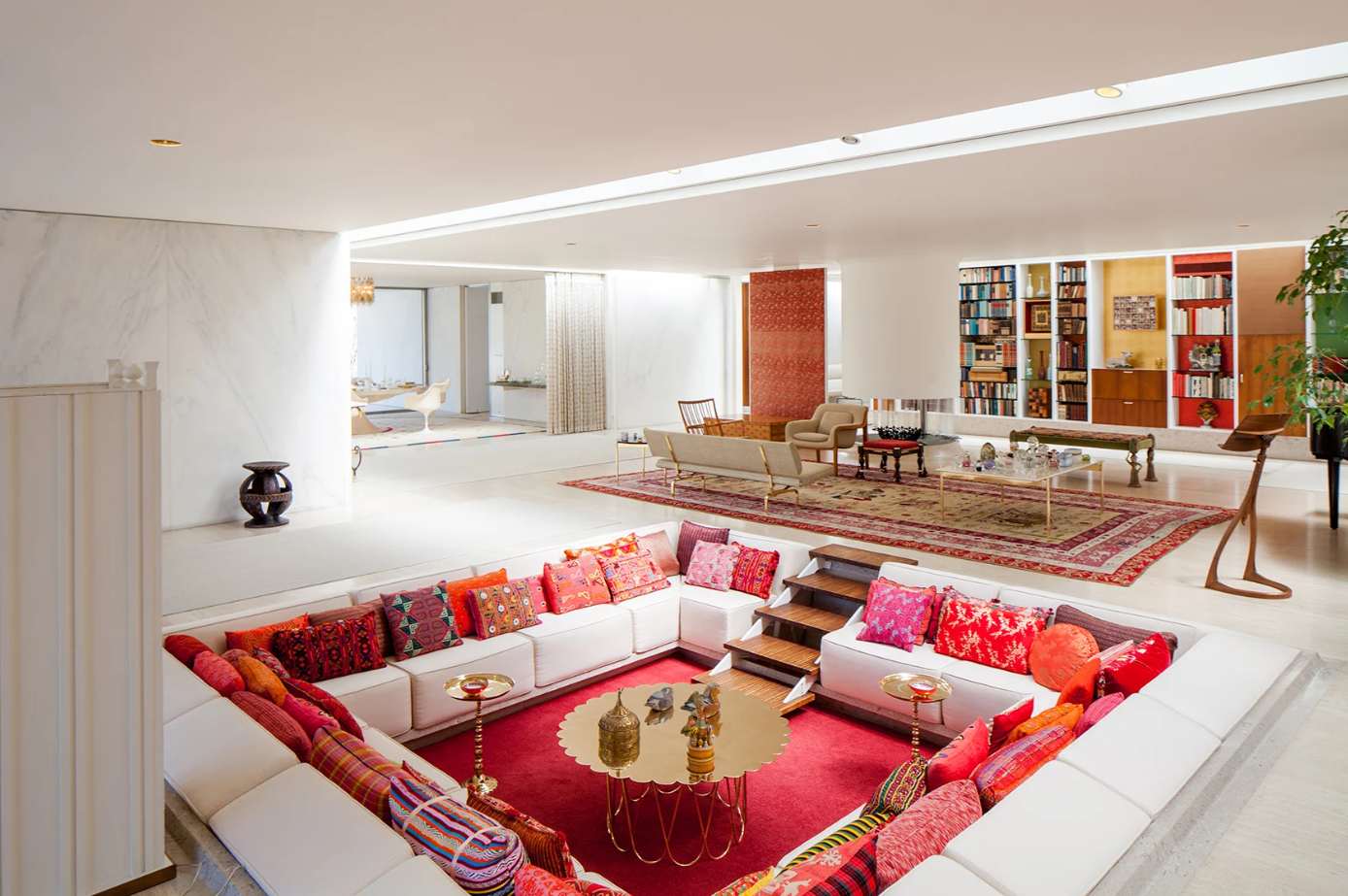
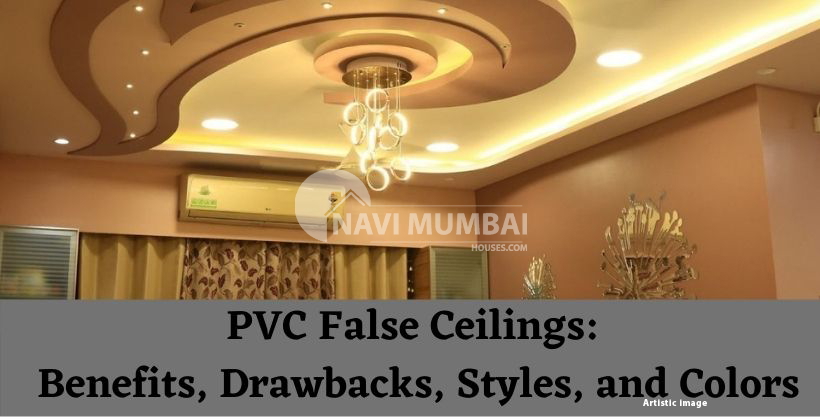
:max_bytes(150000):strip_icc()/2I5IQ36Q-3e2fc93a3d634739a903a7aa3603a51b-035eef5162d64e6b96f0df3443b64096.jpeg)






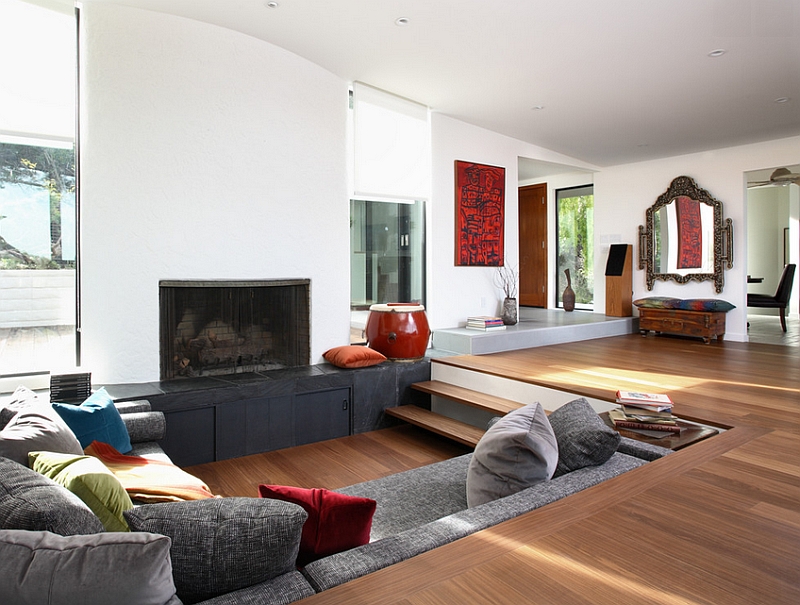

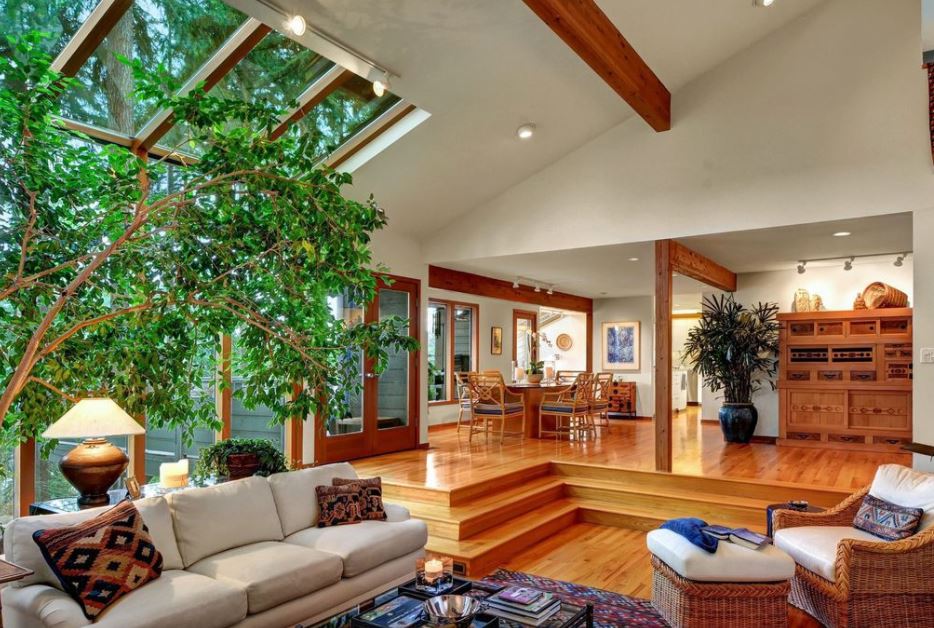




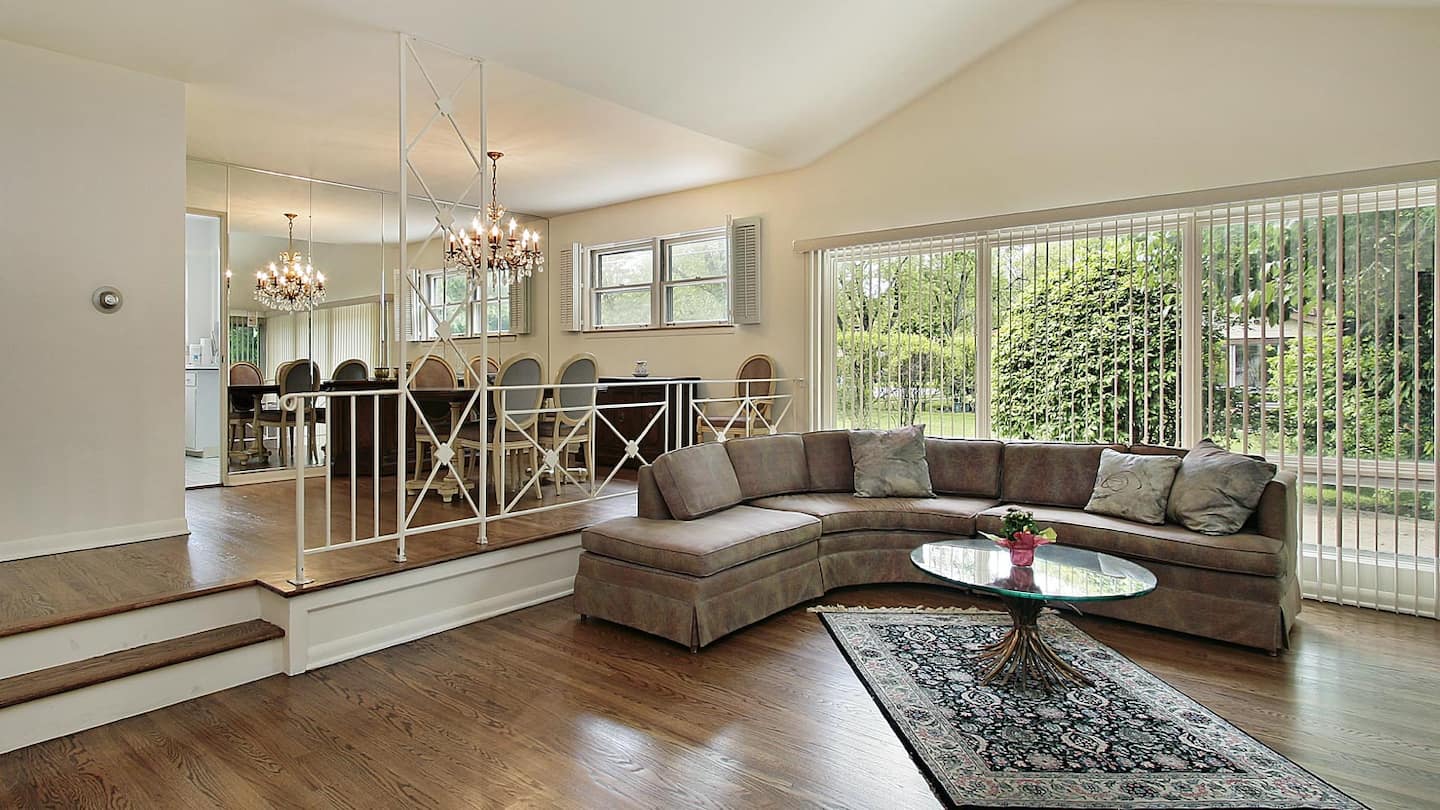


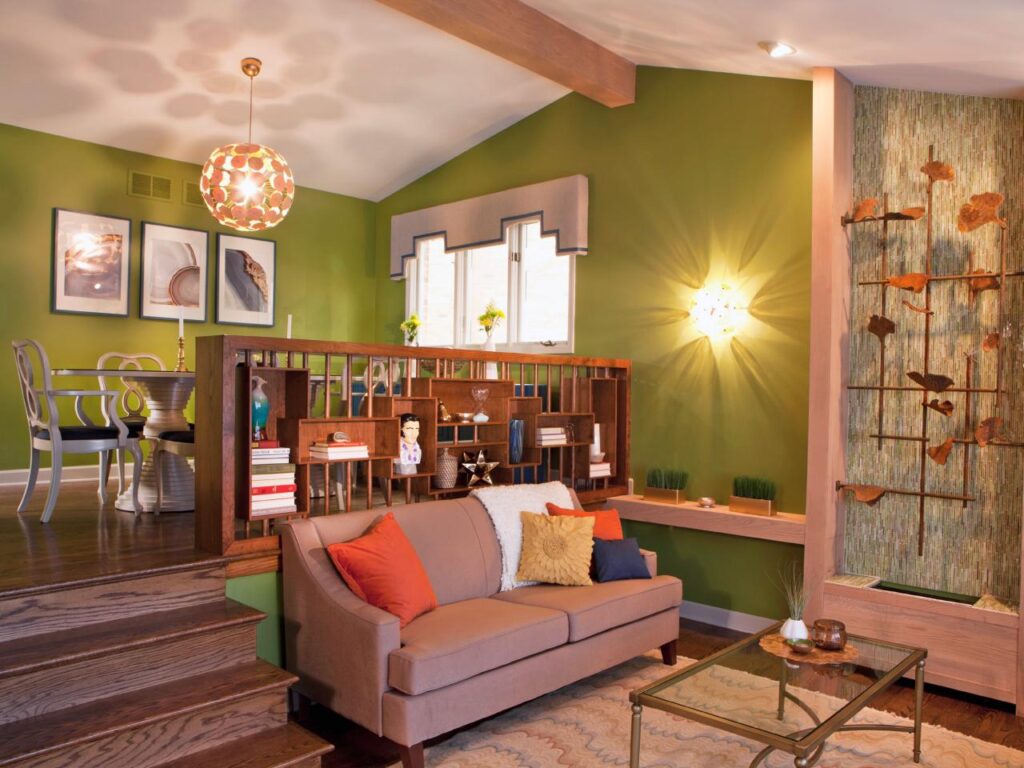
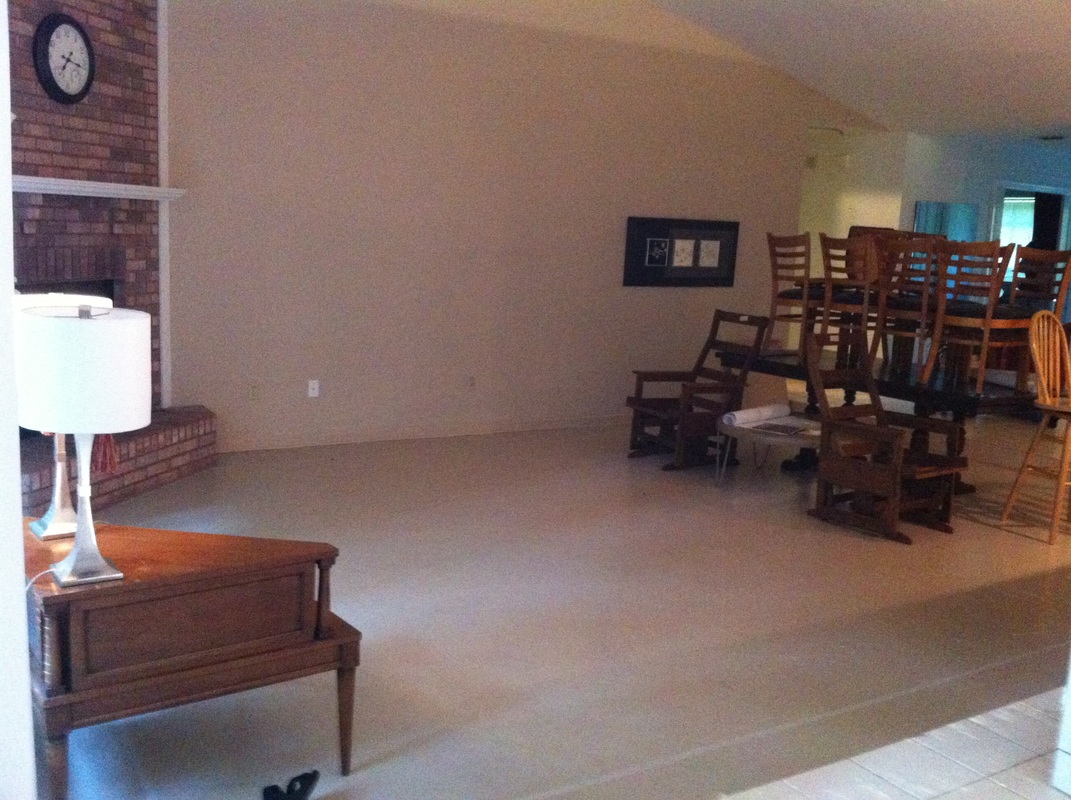



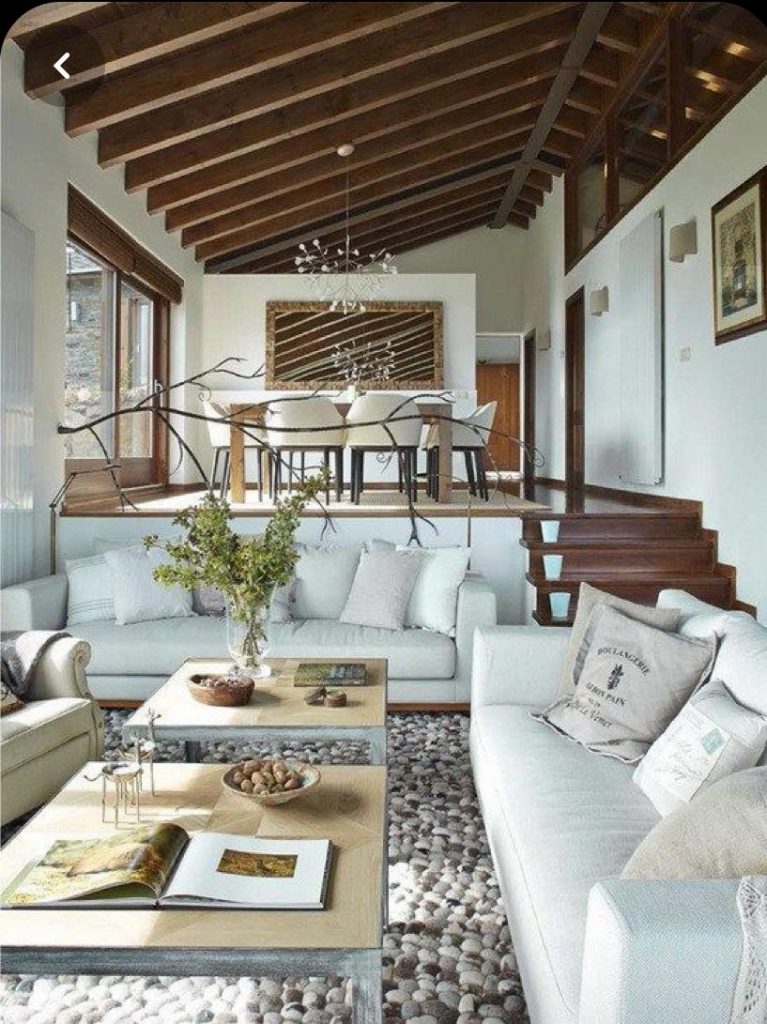

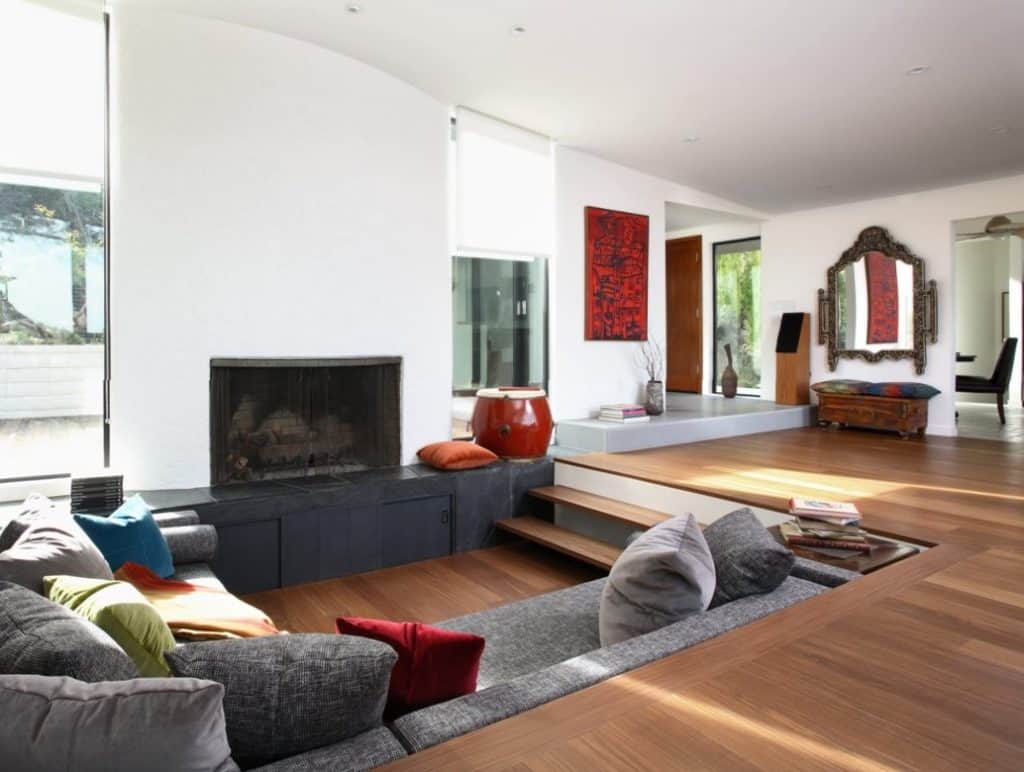
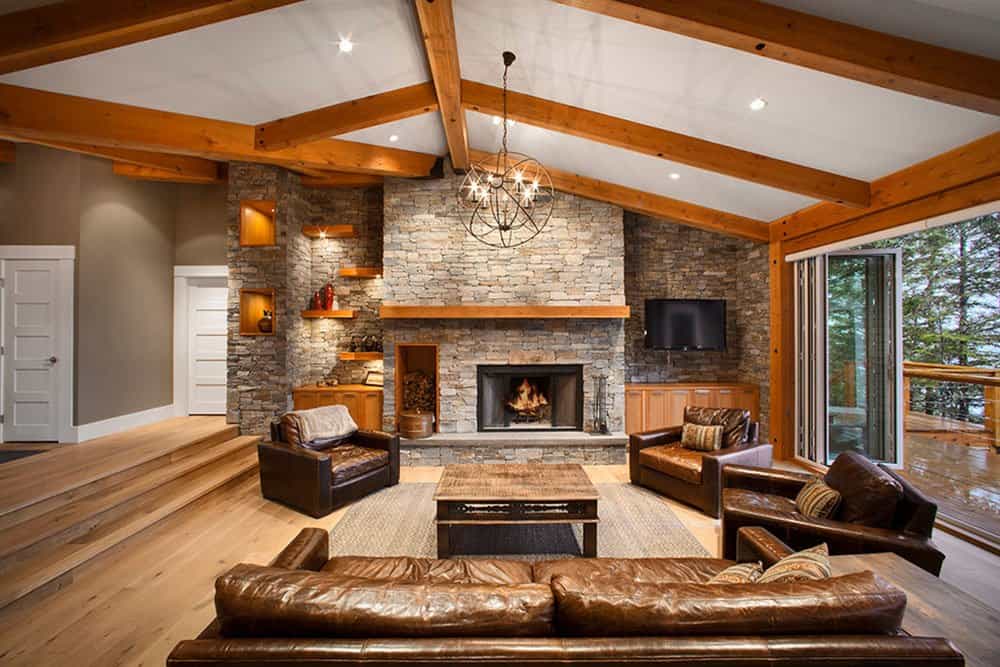
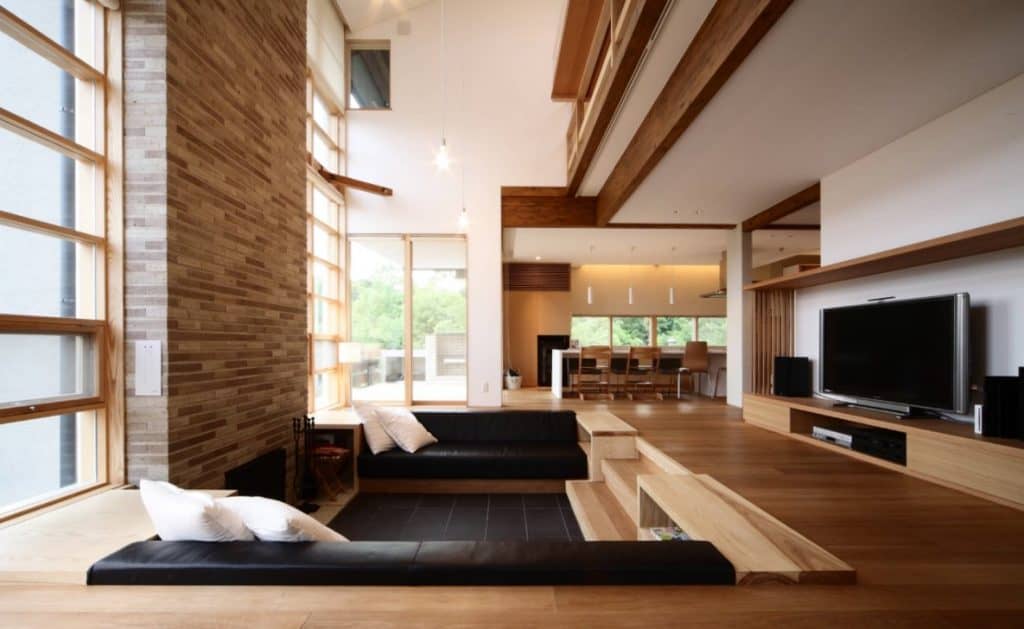
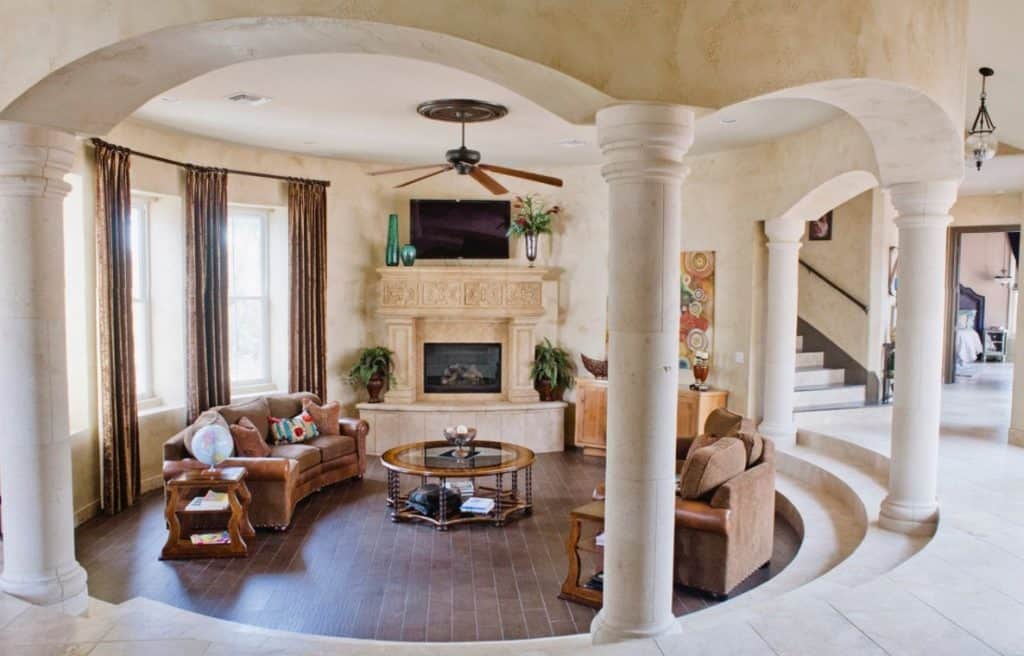
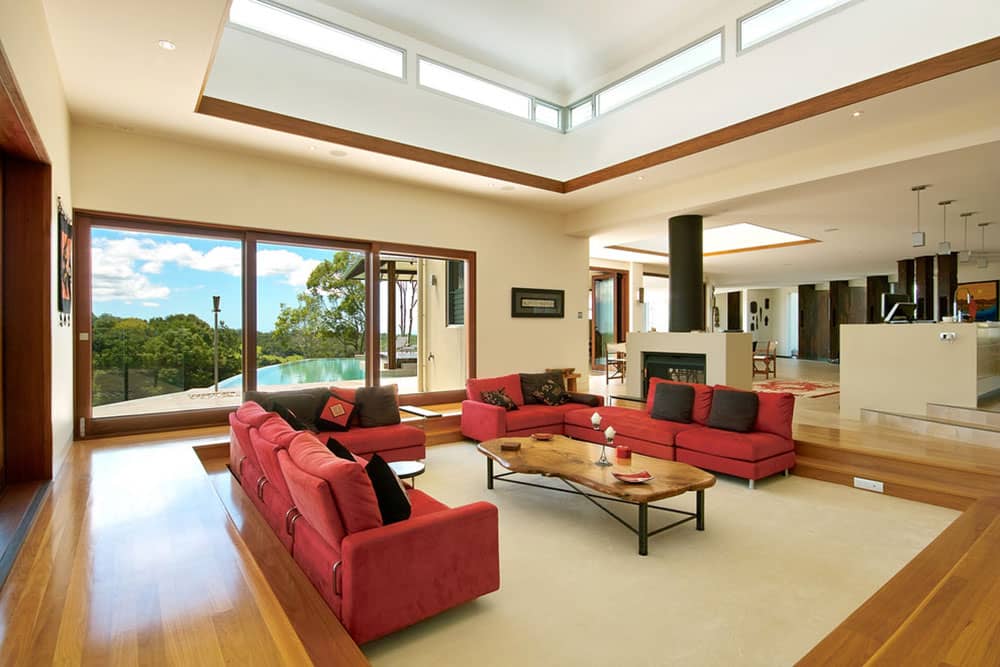
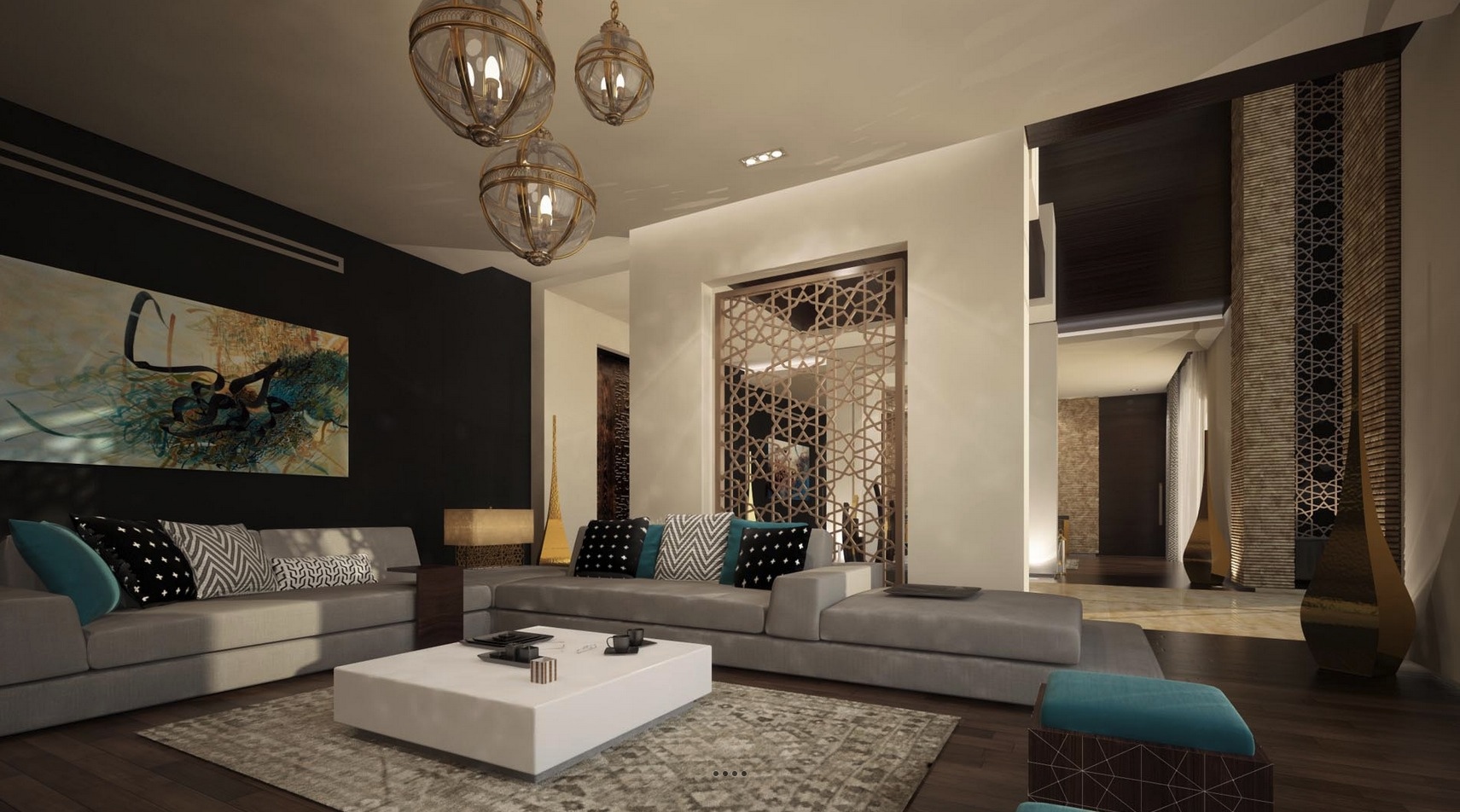



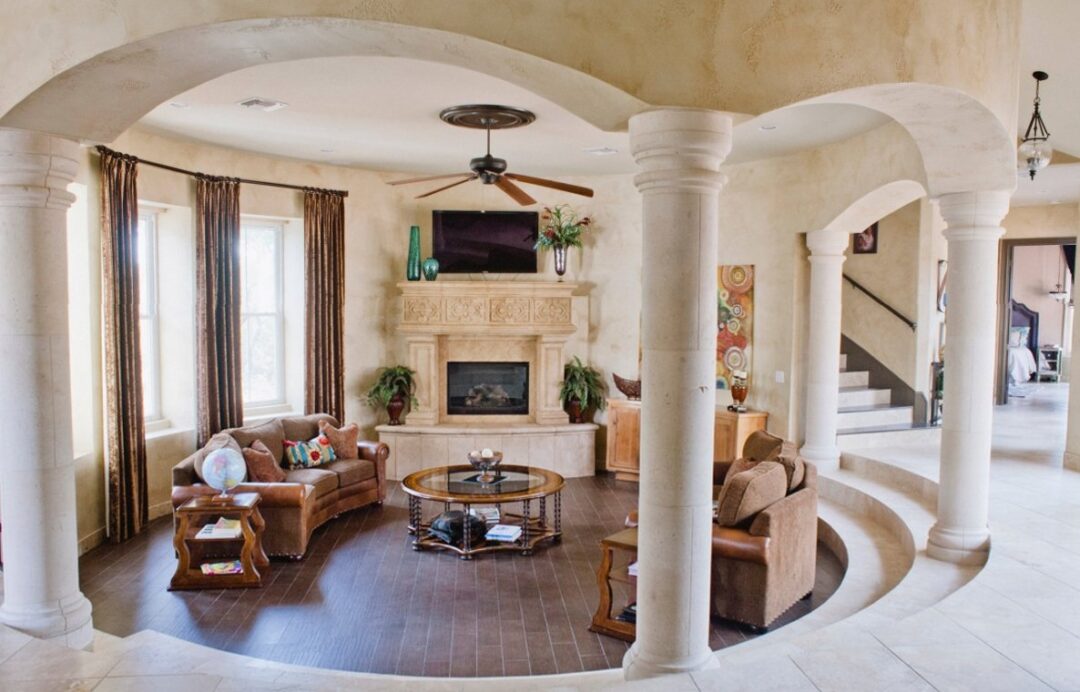
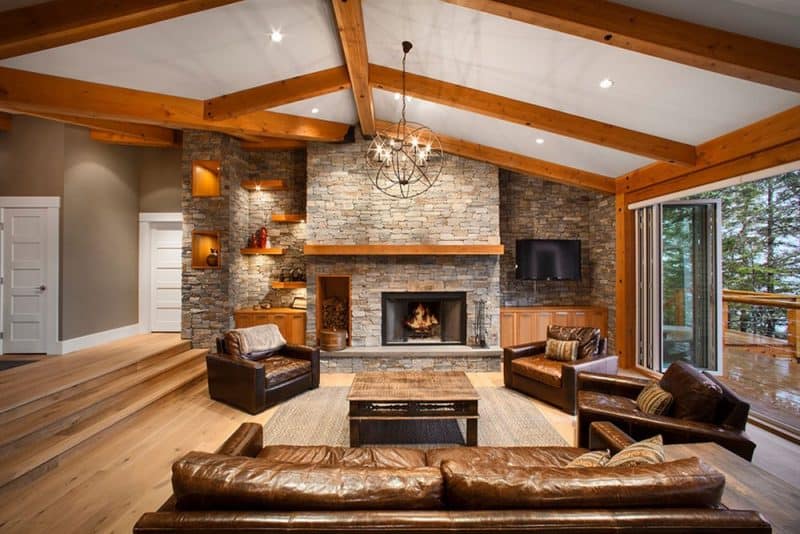
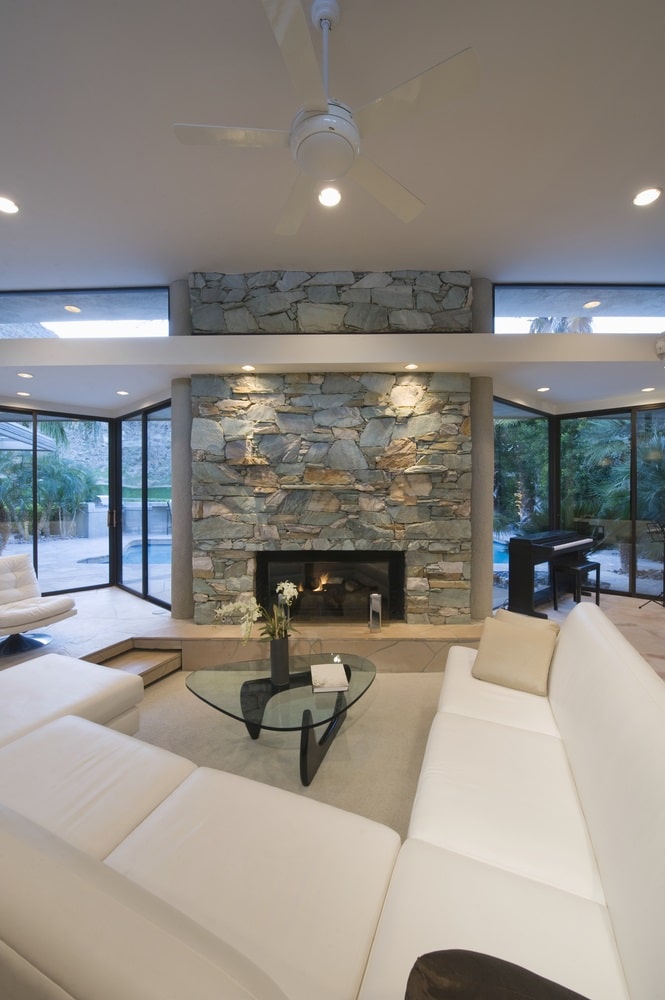
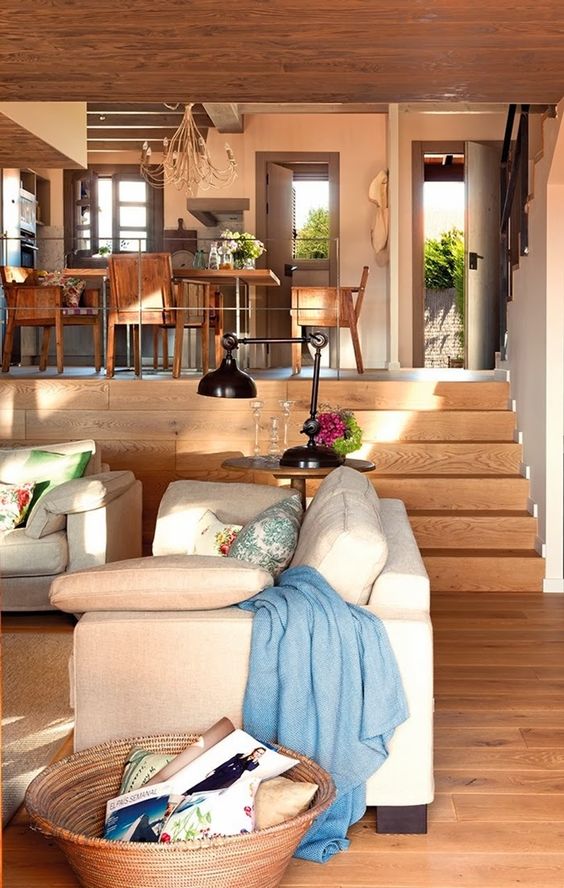
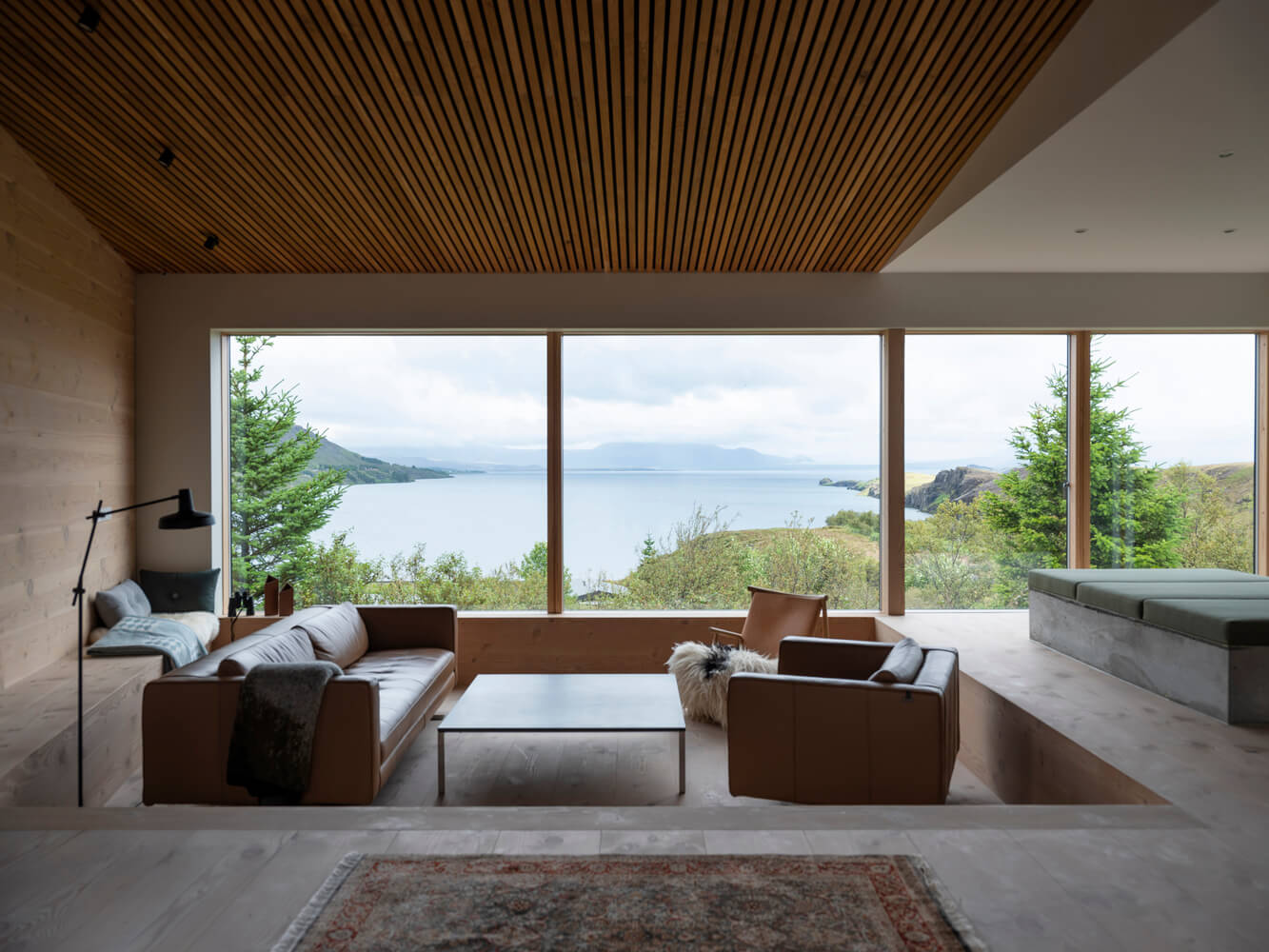
.jpg)







